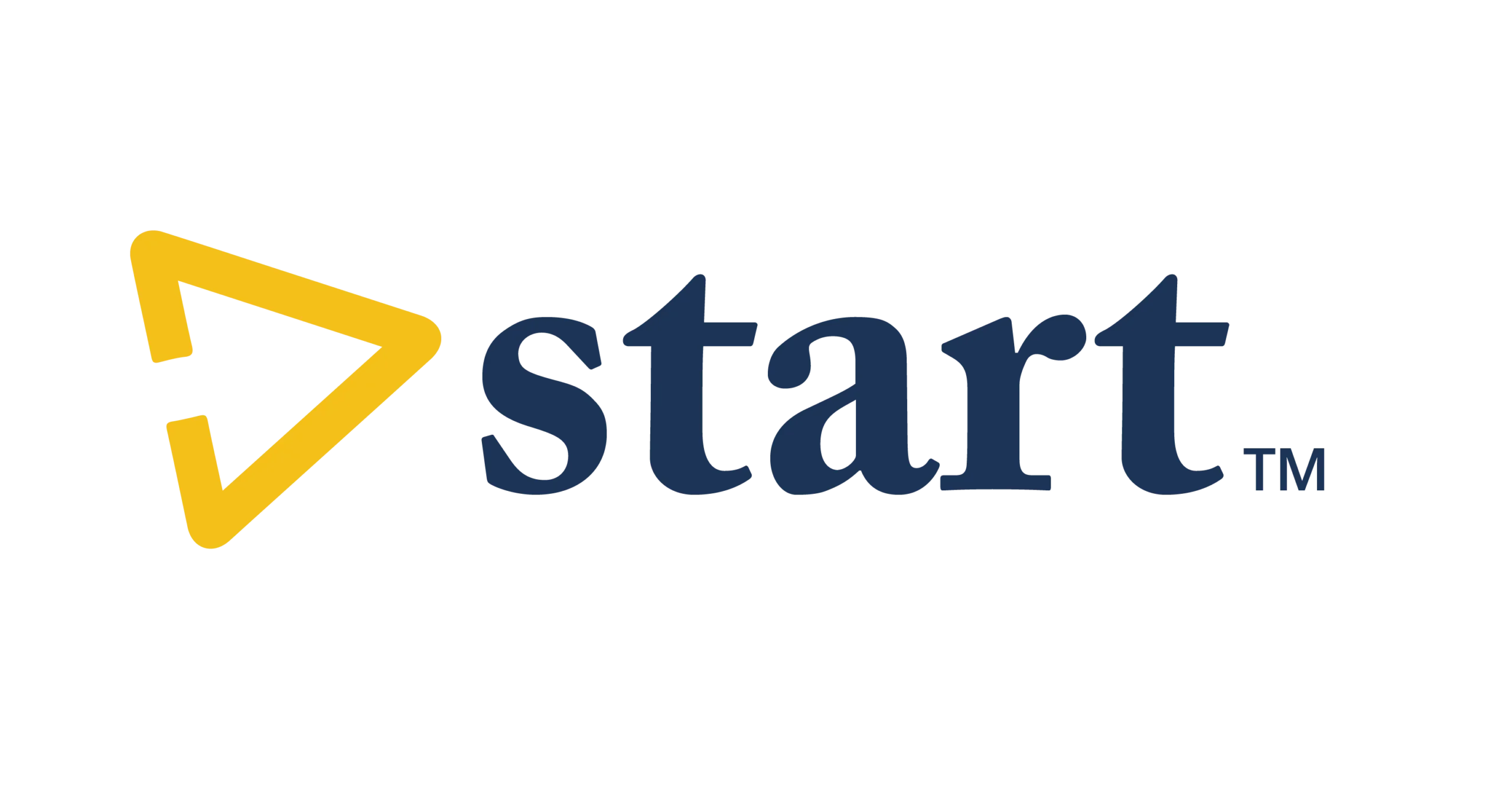A Level-Funded Health Plan Can Take Your Business to the Next Level
When most people think of health insurance, they think of traditional plans. In a traditional health plan, employers pay a fixed monthly fee to an insurance company on their employees’ behalf. These fully funded traditional plans are well-suited to large businesses because of their convenience: an employer simply pays an insurance company to manage claims and administer benefits. However, traditional insurance carriers can drastically inflate costs each year without explanation. On top of that, employers must pay a fixed monthly rate regardless of whether employees actually use their health benefits. Expenses such as these can drown a small business. Fortunately for small to mid-sized business owners, there are health insurance alternatives.
Self-Funded Plans
Self-funded health plans offer a “pay-as-you-go” model. Rather than being sponsored by an insurance company, the employer assumes responsibility for employees’ health benefits while a third-party administrator manages claims. These plans are highly beneficial for small to mid-sized businesses because they allow employers to pay only for the health benefits their employees use, rather than a fixed cost to cover “what-if” healthcare expenses. However, one drawback of self-funded plans is that they are hard to plan for. An employer may get lucky and pay less than anticipated due to employees using fewer health benefits, or an employer may end up paying more than they planned for due to excessive health benefits use. That is where level-funded health plans come in.
Level-Funded Plans
Level-funded health plans are a subset of self-funded health plans. They still offer a “pay-as-you-go” model, but they allow employers to buy “stop-loss” coverage, which creates a cap on claims/administrative fees. If a claim exceeds a predetermined amount, stop-loss insurance covers the excessive costs. To allow for stop-loss coverage, the employer pays a fixed monthly amount to the third-party administrator to reserve a fund for unexpected healthcare costs. This may sound a little like traditional insurance, but there’s an added benefit: if yearly claims/administrative fees are lower than anticipated, employers can receive a refund on their fixed monthly costs.
The combination of the pay-as-you-go model and stop-loss coverage makes level-funded plans the best of both worlds: they offer the peace of mind of traditional insurance as well as the flexibility and expense control of self-funded plans. Additional benefits to level-funded plans include flexibility, improved customer service, and customized technology. On a level-funded plan, employees can choose any doctor they like—there are no networks. Third-party administrator customer service agents are readily available and provide more personable service due to smaller business sizes. Because employers manage employees’ health benefits, third-party administrators have more time and resources to create high-tech services such as provider search tools and user-friendly apps.
Growing Success
Maybe you haven’t heard of level-funded plans before, but rest assured that their effectiveness has been proven by thousands of businesses. In fact, 16% of small businesses in America successfully utilize level-funded plans. A level-funded plan just might be the key to growing your business.
Sources:
“Level-Funded Health Plans: A Steppingstone to Self-Funding”
SHRM
“Self-Funded Vs. Level-Funded Plans: What’s the Difference?”
Sana Benefits
“What is Stop Loss Insurance?”
Healthcare Administrators Association
